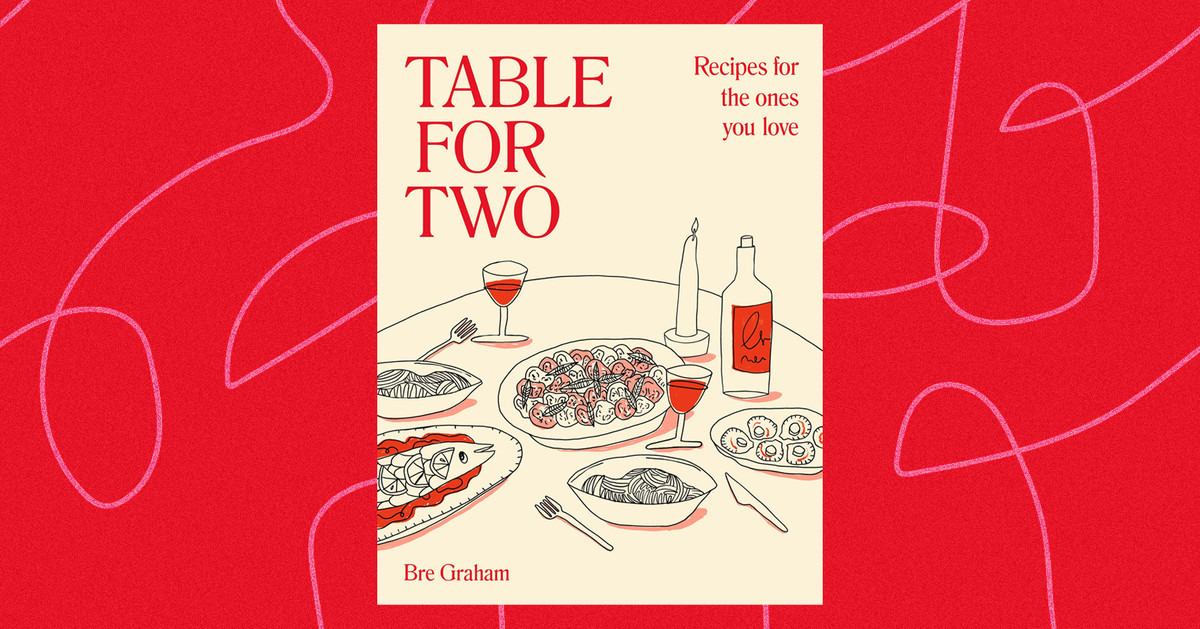
[ad_1]
Early in the pandemic, when I went from cooking a couple meals a 7 days to a couple meals a working day, I quickly realized that I had to figure out how to keep the spark alive. Not only did cooking and I have to interact in the most mundane way, like partners passing in a shared apartment, but, for equally our sakes, we also had to obtain the pleasure in staying collectively constantly. Cooking is like any connection: If it is not addressed with treatment, and if effort is not fulfilled with a sense of reciprocity, then it withers, turning stagnant and resentful.
I used these early times, when I wasn’t going to places to eat, pondering about the strategy of becoming my very own restaurant. I began to incorporate those small things I’d as soon as deemed distinctly restaurant pleasures — the pleasant bread with beautifully soft butter with flakes of sea salt on leading, the cloth napkins and candlelight, the enjoyable new wine, even the pleasantly restrained shaved fennel salad — into my every day cooking. I acquired that not each individual food is day evening some dinners are just supper. But even a normal meal justifies a touch of the passionate.
Bre Audrey Graham’s a short while ago unveiled debut cookbook Table for Two: Recipes for the Ones You Adore, was born out of a identical impulse, getting been conceptualized throughout the pandemic. “I don’t feel romance ought to be just reserved for intimate appreciate,” Graham writes in the introduction. “In my eyes, it is some thing we can imbue every event with, not only for a girlfriend/husband/spouse.” There is romance in cooking for a person else but also romance in cooking for just ourselves.
I initial turned acquainted with Graham’s perform as a result of Instagram, wherever I’d cobbled collectively a feed of persons who handled their property cooking the way I wanted to technique my personal: by discovering the satisfaction in it, not just the rote necessity. I observed kinship in Graham’s compact efforts towards day to day delight, like strawberries served with whipped cream and salted toffee almonds.
Table for Two is thoughtful and personal, full of small reflections and tales a pal might convey to you about a wine-filled food, like the time Graham sliced her finger on an elaborate supper for a gentleman she was courting, only for him to cancel the same day. In a person essay, Graham writes about an early-2020 supper where by she set the table for herself and her boyfriend, Joe, with folded napkins, roses in single-stem vases, and candles. To her, this act not only marked the stop of a day whole of Zoom calls but also made a feeling of intention, even when the meal was “just beans on toast or a bowl of rigatoni that you have whipped up in five minutes.”
Obviously, Desk for Two gives some elaborate spreads — there’s just one menu of crab cakes, spinach gratin, steak au poivre, and crêpes suzette that I could think about making to rejoice good information — but the place I believe it excels most is in its easiest, most day-to-day meals, as in the book’s first segment, “Easy to Impress.” These are dishes like canned artichoke and black pepper fettuccine, honey chorizo and pea toasts, a a single-pan chicken and zucchini piccata, and a summer months-deserving 4-ingredient icebox cake — practically nothing terribly extravagant or involved, just uncomplicated ingredients addressed with focus and care. In Graham’s brown butter and sage scrambled eggs, it’s just the minimal little bit of further exertion of browning butter and crisping sage that can make everyday eggs — nonetheless cooked in just just one pan — sense extra distinctive and thoughtful.
To Graham, this is the purpose: “Fight for delight in all you take in and with every person you love,” she writes. I imagine about a line from a poem by Christopher Citro: I adore you. I want us each to try to eat well. In Table for Two, Graham reminds us how much really like lives in the act of daily cooking it is on us to draw out the romance.
[ad_2]
